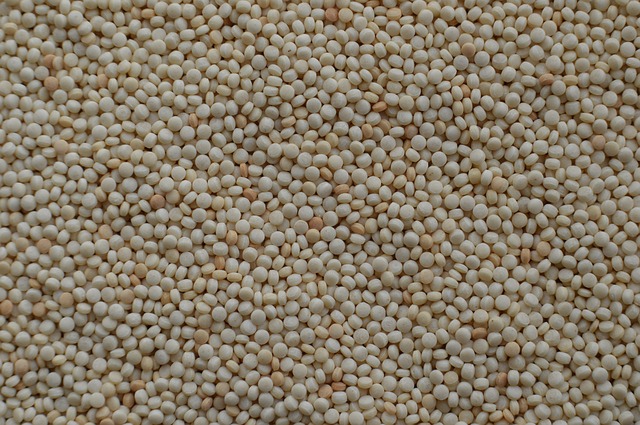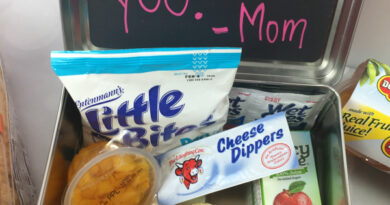
Pearl Couscous: Know the Origin of this Rice-Shaped Grain
This Israeli staple is known by many names all over the world: Israeli couscous, Jerusalem couscous, and more. Many mistake pearl couscous for a whole grain, like quinoa or rice. Although it can be used like those ingredients, it is actually made from wheat flour or semolina. In fact, it is technically not couscous either. But do not worry about this, after reading this article you will become an expert in this food, and you will even learn how to make pearl couscous.
The leap to success
A popular alternative to pasta or rice for people all around the globe since the end of the 20th century, this staple has a special reputation in the Mediterranean and Middle-East. It has even become comfort food for Israelis, with a nostalgic feel to it. Let’s find out why.
For starters, this meal has many benefits: it is a healthy food, high-fiber and with a low glycemic index. Although this is not gluten-free, it is a very versatile ingredient and can be used for both cold and warm dishes. But the more straightforward reason for its popularity, at least in Israel, is that it is not expensive at all. This has to do with its origins.
During the 50s, due to the great immigration from Europe and other Mediterranean countries, there was a need for an affordable substitute for rice in the newly born state of Israel. An Israeli company called Osem created ptitim, a wheat paste that was given the shape of long-grain rice, then dried, and then toasted. The shape changed with time to a small spherical shape. Although it was devised as a family staple for times of crisis, it has remained popular until today.
The master of disguise
What is in some countries treated like a specialty ingredient, for Israelis is a 10-minute dish for when there is nothing else to cook. It is not seen as restaurant material for them, but just “kid’s food”. It may come as a shock for those visiting Israel that Israeli restaurants do not serve Ptitim. Although served in wealthy restaurants all over the world, Israelis will always associate pearl couscous with its humble origins.
Indeed it is somewhat difficult to categorize pearl couscous. Not quinoa, not couscous… so, what is it? Technically, it is not a whole grain because of its composition, nor couscous because of its size. Its Israeli name can give us a hint: ptitim means “little crumbles” in Hebrew. Actually, this meal also known by the name “giant couscous” is the size of a pea. Therefore, it shares more resemblance with pasta than with what we know as couscous, which is the finely grained North African couscous.
Now you have almost become an expert, you are ready for the final step: hands on!
Israeli Couscous Pilaf
Ingredients
- 1 1/4 c chicken stock.
- 1/2 tsp sea salt.
- 1/4 tsp ground cardamom.
- 1 pinch of ground cinnamon.
- 1 generous pinch saffron threads.
- 1 tbsp olive oil.
- 1/4 c finely chopped yellow onion.
- 1 c Israeli couscous.
- 2 tbsp pine nuts, toasted.
- 2 tbsp currants.
- 2 tbsp finely chopped mint.
Preparation
- In a medium-sized saucepan, bring to a simmer the stock, salt, cardamom, cinnamon, and saffron.
- In a large saucepan over medium heat, heat the oil and sauté the onion in it for about two minutes.
- When the onion is softened without coloring, add the couscous and cook for about one minute until lightly toasted. Don’t forget to stir!
- Add the stock carefully and stir. Cover the saucepan and simmer for about ten minutes over medium-low heat.
- Once the couscous is tender and the liquid has been absorbed, turn off the heat. Uncover, lay a clean dish towel over the pan and place the lid over the towel. The idea is that the towel absorbs all the steam. For this, we suggest you to bother the couscous with a fork a bit before so it releases more stem. Let it stand for five minutes.
- Stir in the pine nuts, currants, and mint, and your couscous is ready to serve!
TIP: For best results cook the pearl couscous directly with broth or sauce if it will be a warm dish. However, if you want to enjoy a cold dish like a salad, you should first cook and drain the pearl couscous just like common pasta.









They cook in no time at all but I would add a little meat to give it some more flavor!
They seem very small in size. I can’t tell by your picture if they swell up like pasta or rice when you cook them!
I watch the Food Channel all the time and seen a lot of the chefs cooking this.I guess being from the south it reminds me of grits!
This was really interesting to read thanks for sharing.